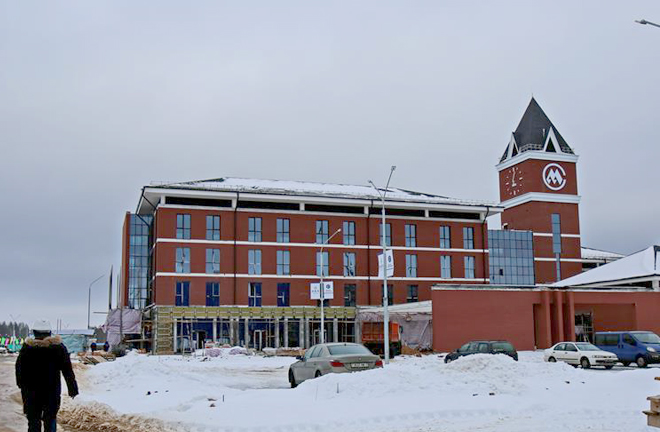Community of shared future promotes regional development

Great Stone, the China-Belarus industrial park, is an important part of the Silk Road Economic Belt. (WWW.NEWS.CN)
Experts elaborated on the connection between the concept of a community of shared future for mankind and regional development at a forum in Beijing on March 24.
A community of shared future has two connotations: the national level, such as East and South China, and the international level, such as the “B&R” initiative, Central Asia, Eurasia, Southeast and South Asia, said Li Zhongjie, former deputy director of the Party History Research Center of the CPC Central Committee. Regions differ in their characteristics and values. In the process of constructing a community of shared future, academics need to turn their attention to the question of how to better align various national agendas and cooperate with the countries in these regions, Li added.
Regional development is the foundation and groundwork for the construction of a community of shared future, said Lin Tuo, a professor from the East China Normal University. It has a distinct “double meaning.” On the one hand, it respects the characteristics, demands and independent choices of different regions and countries. On the other hand, it must promote mutual development in the pursuit of its own growth.
A community of shared future is gradually evolving from different regions within the country to the national and the regional level consisting of different countries. Such a community involves elements inextricably linked with each other, requiring the co-construction and sharing of different regions, the coordinated development of regions in China, and the two-way integration of international and domestic regional development, Lin said.
The construction of a community of shared future is based on the “B&R” initiative, and the initiative is dependent on various industrial parks. Research results in this regard were released at the forum. Comprehensively and systematically tracking the more than 200 industrial parks China has constructed in more than 70 countries for over two decades, researchers found that 101 new overseas industrial parks have been created during the past four years since the “B&R” initiative was proposed—nearly the total number created in the 19 years prior.
At the same time, they have witnessed triple transformations, Lin said. Their functions have been elevated from the carrier of economic and trade cooperation to a platform for strategic cooperation. Their spatial distribution has been enhanced from circular diffusion to echelon expansion, which is to say, three levels have come into being from the east to west along the Belt and Road, with the traditional distribution centers in Southeast and Northeast Asia at the first level, the emerging centers in the South-Central Asia at the second level, and the potential centers in West Asia, North Africa, CIS members, and Central and Eastern Europe at the third level. In addition, the development model of the leading industries in China’s overseas industrial parks has been upgraded from embedded to cluster-based linkages.
Feng Kui, secretary-general of the Academic Committee for Urban Development at China’s National Development and Reform Commission, said China’s urban construction and the construction of industrial parks have formed a complete system and accumulated a large amount of production capacity and experience, bringing together many professionals. Combining the construction of overseas industrial parks with the development of the “B&R” and the construction of a community of shared future has laid the practical basis for development while also creating a platform for future expansion.
Hu Jian, director of the Soft Power Research Center at the Shanghai Academy of Social Sciences, said that regional development is a phased goal of building a community of shared future and an important part of the “B&R” initiative. Only when each region forms common interests in development can a community of shared future become a reality, he concluded.
ZHA JIANGUO and XIA LI are correspondents with Chinese Social Sciences Today.
(edited by JIANG HONG)
